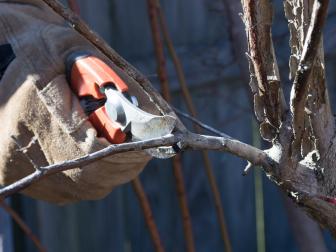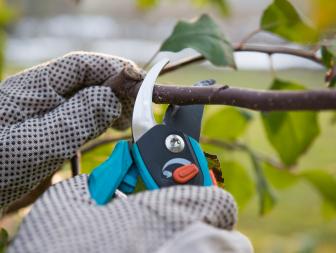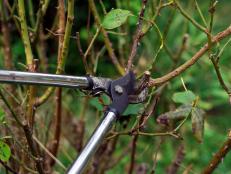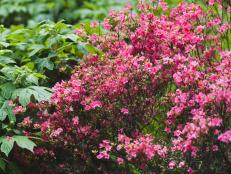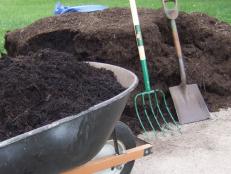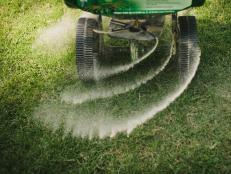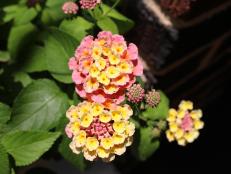What to Prune in Late Fall
To prune or not to prune? Get answers to your late-year pruning questions.

Fiskars.com
Even in the coldest regions, late fall and early winter can surprise you with a warmish day full of sunshine that makes gardeners antsy. Surely there’s one chore you can tick off your endless outdoor to-do list—and maybe even get a jump on for spring. The rule on fall pruning is, generally speaking, don’t prune in fall. But there are a few trimming tasks you can take on with confidence, provided you approach the job with self-control and a plan. The timing window for these pruning chores is from Thanksgiving to the New Year.
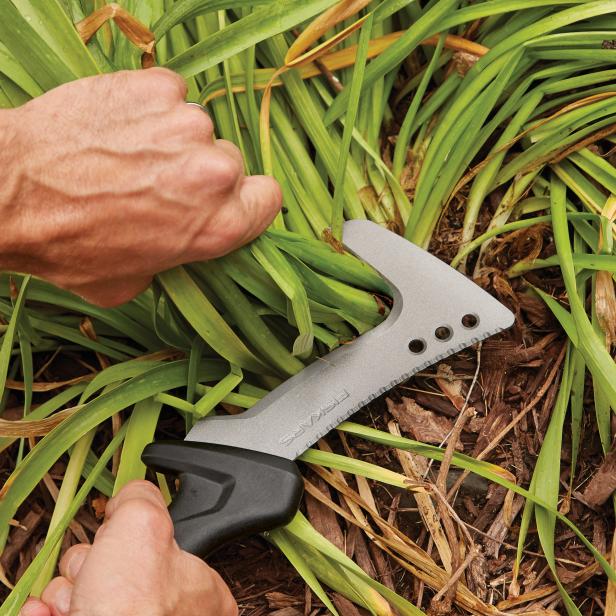
Fiskars.com
What to Prune
Dead Limbs on Trees
This is especially important in areas prone to heavy snow or ice. If you know it’s dead, get it down before bad weather arrives.
Shrub Roses
It’s best to tackle rose pruning in winter or early spring when plants are dormant. That being said, if you have large or overgrown shrub rose bushes and you’re in an area prone to heavy snows that could break canes, pruning to remove 2 to 4 inches of canes can help protect the plant. If shrub roses have overtaken walkways, remove the problem canes. Wait to prune until after several hard freezes, or you risk triggering new growth.
Perennials With Disease Issues
This list includes bearded iris, hollyhocks and any plants with a powdery mildew problem, like peony, bee balm and garden phlox. Cut stems back to 2 to 4 inches and destroy (don’t compost) the prunings.
Suckers
Some plants send up shoots at and/or around the base of the original plant. With suckering shrubs, one plant can eventually form a colony. Examples include sumac, kerria, saucer magnolia, witch hazel and the colored twig dogwoods. Remove suckers whenever you spot them, cutting them as close to the base as possible.
Plants Prone to Slugs
Slugs lay eggs in fall, so once a few touches of frost knock back plants, cut stems and leaves of hosta, delphinium, lupine and any other plant slugs attacked in force. Do not compost prunings; destroy them.
Natural Holiday Decor
Feel free to prune a few branches from evergreens, berried twigs and even rose stems with hips to supply outdoor holiday decorations. Place pruning cuts carefully, remembering that you’re influencing future growth.
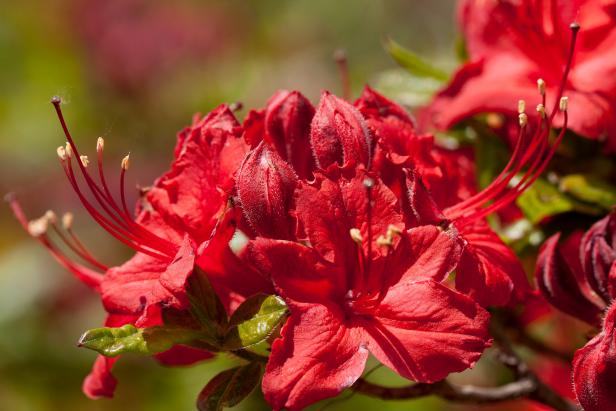
BaileyNurseries.com
What Not to Prune
- Spring flowering shrubs and trees (things like azalea, lilac, dogwood, loropetalum, viburnum, oakleaf hydrangea)
- Ornamental grasses
- Marginally hardy perennials (plants you’re never quite sure are coming back until you see new growth in spring)
- Climbing roses
- Perennials that provide winter interest (tall sedum, baptisia, Siberian iris)
- Perennials with seedheads that feed birds (coneflower, black-eyed Susan, anise hyssop, tall liatris)
Breaking the Rules
Last but not least, you can always break the pruning rules if you don’t mind the consequences, such as not having flowers for one year or risking more severe winter kill on stems. For instance, a spreading shrub-like forsythia that’s gobbling ground is always a good target for pruning whenever you find the time. You can take down a summer bloomer like butterfly bush (Buddleja) in early winter, but in the coldest regions, you might risk losing the plant entirely to winterkill if winter is exceptionally hard. In this case, prune stems back to 24 inches, and shorten further in spring once new growth appears.







